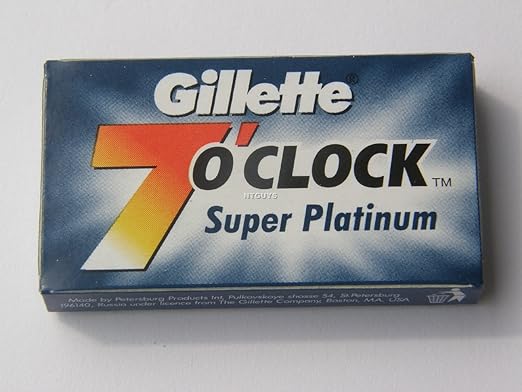I've heard both sides of the good and bad of these blades.
I get smooth comfortable shaves with 7 O'Clock Green SS blades but I would imagine the Super Platinums are much sharper.

I get smooth comfortable shaves with 7 O'Clock Green SS blades but I would imagine the Super Platinums are much sharper.
